Completed in 1932 to provide a high-level crossing to the western neighbourhoods, the bridge is a triumph of civic architecture and a key gateway structure.
Architects Sharp and Thompson, conscious of the bridge’s ceremonial gateway function, embellished the utilitarian steel superstructure with imposing concrete towers, torch-like entrance pylons and Art Deco sculptural details. Unifying the parts are heavy concrete railings, originally topped by decorative street lamps. But the city might demolish the concrete railings and add outrigger sidewalks for cyclists and pedestrians. Without the original railings, the bridge will lose its edges and its architectural features will be isolated.
The proposed outriggers will radically alter the external appearance of this landmark structure. A coalition of stakeholders, including Heritage Vancouver, has written city council stating that the proposals are unacceptable — from both a transportation and heritage perspective.
The coalition is asking council to instead consider dedicating the two outer traffic lanes to non-motorized traffic, a solution that would involve little change to the bridge itself.
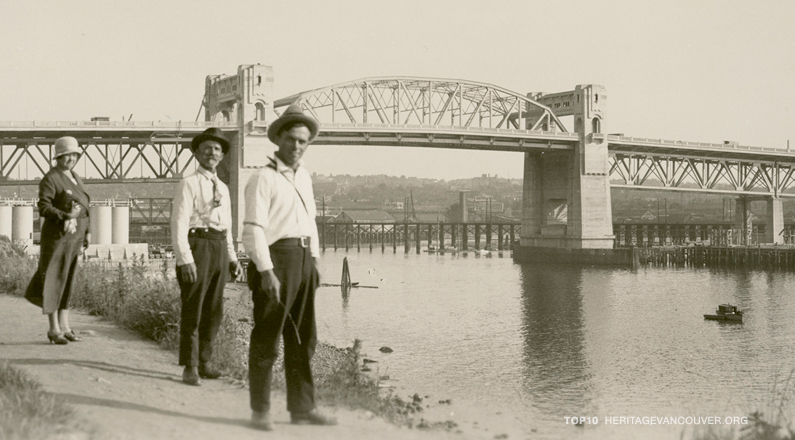

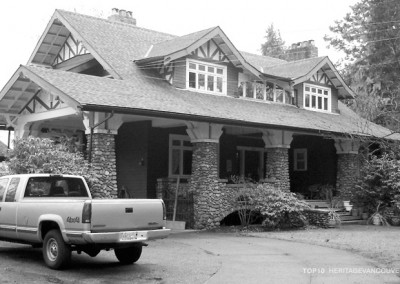
![3. Canterbury House (UBC) (1927) [Lost]](https://heritagevancouver.org/wp-content/uploads/2016/05/t10-canterbury-795-400x284.jpg)
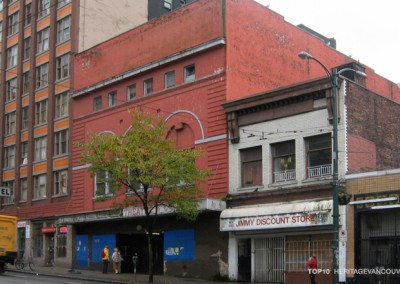
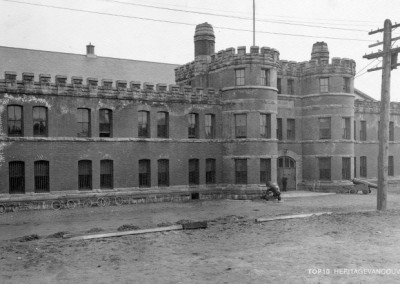
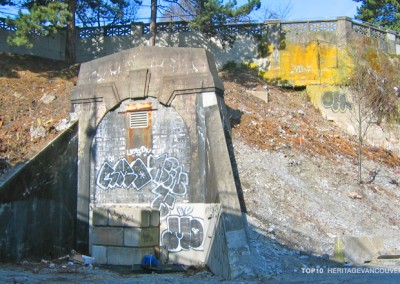
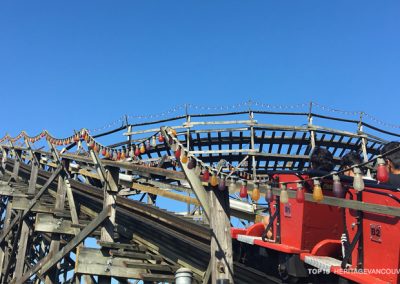
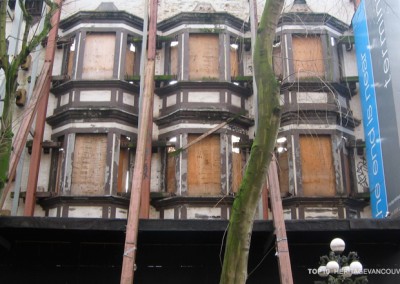
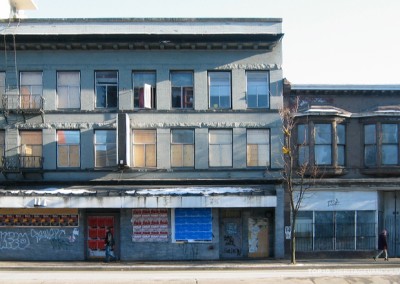
![10. Jericho Beach Marginal Wharf [Lost]](https://heritagevancouver.org/wp-content/uploads/2018/03/HVS-Top10-jericho-795x440-400x284.jpg)